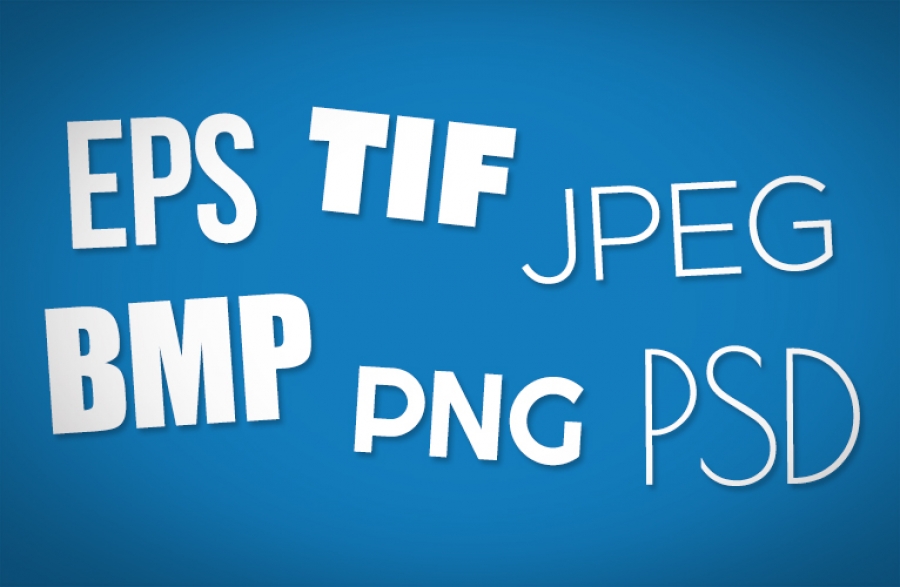- An EPS (Encapsulated Postscript) file is used by print shops for the most accurate production of your logo. It can be scaled as small or big as possible without any loss of quality or resolution. This file can be considered as the source file of your logo.
- TIF files are pixel-based bitmapped images that can be used for laser-printed applications such as fax machines and word processors. Your .TIF logo has been saved at 300 DPI, so the print resolution should be excellent.
- A JPEG file is a highly-compressed image that can be viewed on most operating systems. This makes it ideal for the internet or as an email attachment.
- BMP files are uncompressed pixel-based bitmapped images, native to Windows OS. This file format can be used for laser-printed applications such as fax machines and word processors.
- PNG (Portable Network Graphics) is an extensible file format for the lossless, portable, well-compressed storage of raster images. PNG is designed to work well in online viewing applications, such as the World Wide Web, so it is fully streamable with a progressive display option. Also, PNG can store gamma and chromaticity data for improved color matching on heterogeneous platforms.
- PSD is a proprietary file format used to create and edit images in Adobe Photoshop. It is a widely accepted format as it supports all available image types – Bitmap, RGB, Duotone, Grayscale, Indexed Color, CMYK, Lab, and Multichannel. The biggest advantage of using the PSD format is that it can save images in layers (image, text, shape, etc.). In other words, the image may be opened with Adobe Photoshop anytime at a later date and each individual layer, or part, may be adjusted and edited independently to achieve better effects. Special blending effects may also be achieved using the transparency mask of Photoshop. These special features have made PSD a very useful format for further adjustment and manipulation of an image in desktop publishing. Even those designers who work with other image file types like TIFF, first work on their images in Photoshop, then transfer them to their preferred file types.

